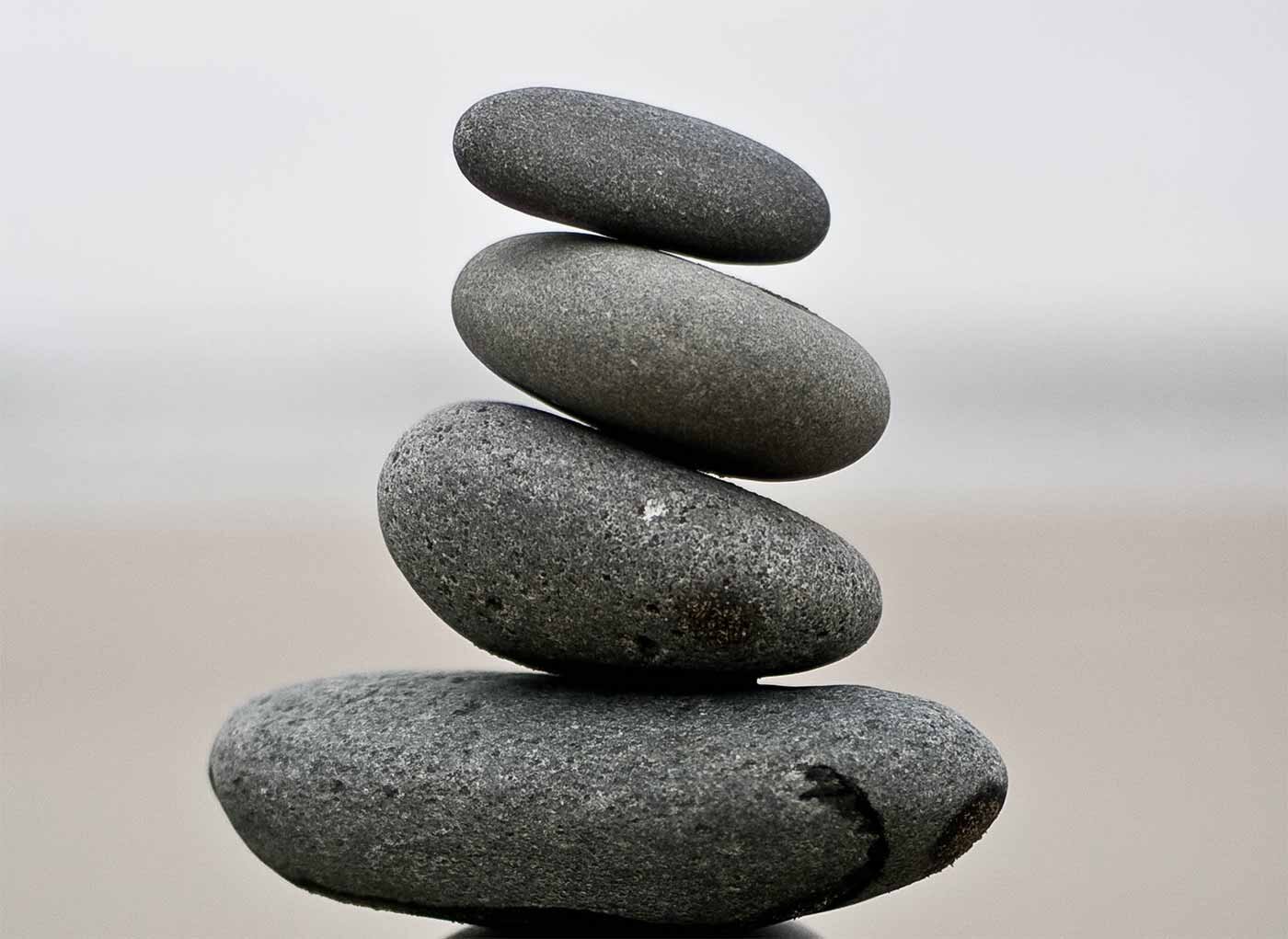MINDFUL ATTENTION & THE OBSERVING SKILL
Mindful Attention
In iART, we introduce mindful attention regulation skills one at a time. When distressed, our minds are often “busy”—filled with worried, ruminative, self-critical thoughts. By working to strengthen mindful attention, we offer a skill that 1) does not make our mind even more busy and 2) helps us notice emotions that arise in moments. Learning these skills will support our ability to Catch Yourself Reacting in service of gaining clarity for counteraction, which involves noticing our emotions, identifying motivational pulls underlying our emotions, and ultimately responding counteractively in moments of distress.
Mindful attention refers to our ability to bring focused, flexible, and sustained attention to all the relevant aspects of our experience, including when we are feeling pulled to gain safety, reward, or both. The ability to place our attention where it is most relevant to our current goal and flexibly shift our attention when new information appears is important!
OBSERVING

Observing refers to the ability to shift and broaden our attention. At times, a narrow focus is best, especially in moments when we need to determine whether a threat is present. However, broadening our attention allows us to take in more information from our environment and increases the possibility that we'll be able to detect or notice new information that we hadn't seen before. This new information might come externally from our environment, like a friend’s facial expression, or internally within ourselves, like a thought or bodily sensation.
Optimal observing allows us to focus on important parts of our internal experience and aspects of our environment, yet flexibly adjust and move the focus when new information comes into our awareness. In this way, observing refers to a quality of attention where we are able to flexibly adjust our focus on one or more objects in our awareness, choose where to place and maintain our attention—on experiences that are most immediately relevant—and actively re-direct our attention back to our selected point of focus when our attention has wandered.
The Observing skill is based on traditional mindfulness meditation practices that helps us learn to anchor our attention on our breath and then to deliberately move it to different areas in our body and to the environment around us before bringing our attention back to our breath when our mind wanders. This practice may sound simple, but it takes time to learn to truly move our attention around easily. The more we commit to practice, the stronger and more able we will be to make use of the skill in stressful moments.
IN-THE-MOMENT OBSERVING
In-the-moment skills are brief, “game-day” versions of the mindful regulation skills you will learn in iART and can be used immediately when confronted with emotionally challenging or distressing moments during the day. The main goal of in-the-moment skill use is to help you achieve clarity in-the-moment and take effective action.
In-the-moment observing involves using the breath as an anchor to increase flexible awareness in all aspects of your body and in your surroundings. By shifting and broadening your attention in the moment, you will be better able to take in the full range of information and possibilities from our environment.
To use the in-the-moment observing skill, begin by taking a few breaths with your belly. As you breathe, begin to notice different parts of your body. If you are standing up when beginning to use this skill, it might help to notice and imagine you are breathing from your toes. Then, as you are breathing and noticing your body, shift your attention to notice a sound or a sight outside of yourself – once you are focused on that sight or sound, see if you can notice a sound or sight even farther away. Finally, bring back your attention to your breath.
Over time, we hope that in-the-moment observing becomes automatic, like the muscle memory of riding a bike or driving a car. However, just like any other skill, it can take some time to really learn and feel comfortable carrying out the steps. Below is a short-hand version of how to observe in-the-moment:
Breathe and notice your body
Notice a sound/sight
Now go a little further
Bring it back to your breath